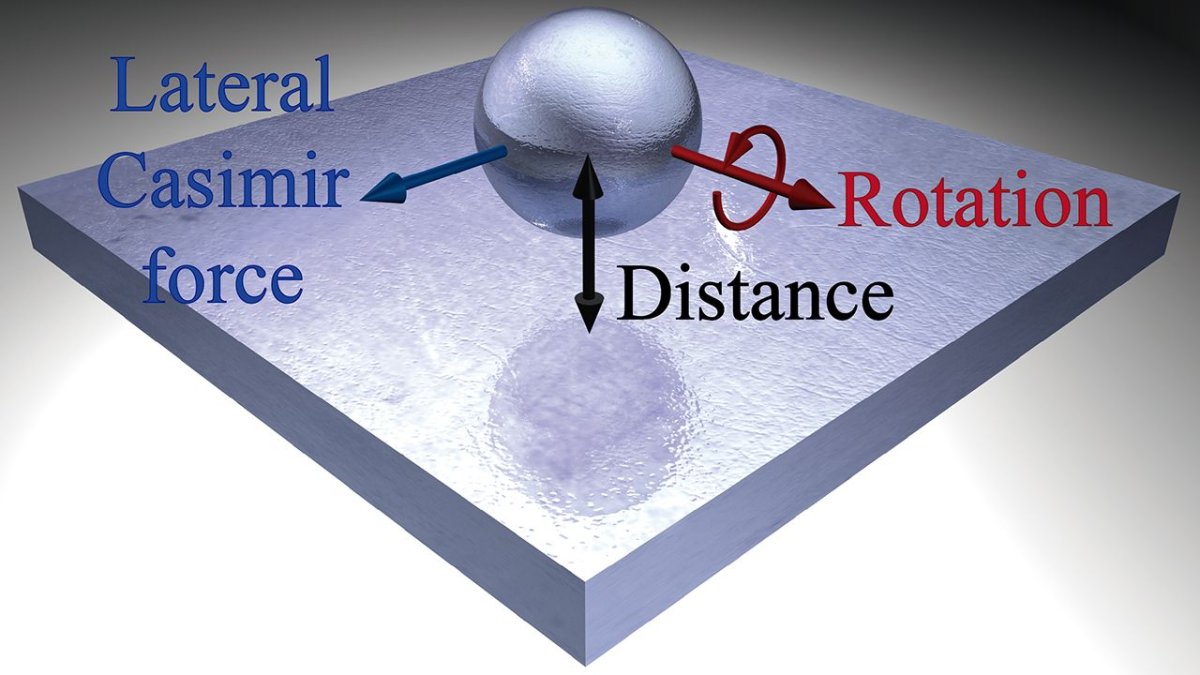
Force in a Vacuum
The world of nanoparticles can be very different from the world we see. For starters, it’s already unique in terms of mass — these objects are tiny — but more than that, the nano world is governed by a different set of physical laws, which we have taken to calling quantum physics. Many of the interactions that take place in this nano realm can be difficult to spot, and one such elusive phenomenon is the subject of a study by an international team of researchers led by Alejandro Manjavacas, assistant professor in the Department of Physics & Astronomy at the University of New Mexico (UNM).
In a paper published in the journal Physical Review Letters, the researchers observed what’s known as the Casimir effect, a force found between quantum objects inside a vacuum due to fluctuations of electromagnetic waves. When viewed through the paradigm of classical physics, the force can’t be seen. Researchers have to apply quantum field theory to spot it.
Manjavacas and his team studied the Casimir effect as a lateral force that applies itself to rotating quantum objects as a product of collision and came to an interesting conclusion. “The nanoparticle experiences a lateral force as if it were in contact with the surface, even though [it] is actually separated from it,” Manjavacas explained to UNM. “It’s a strange reaction but one that may prove to have significant impact for engineers.”
Advanced Nanotechnology
According to Manjavacas, it’s essential that we understand how a force like the Casimir effect applies to nano-scale interactions as it can help in the development of improved nanotechnologies. “These studies are important because we are developing nanotechnologies where we’re getting into distances and sizes that are so small that these types of forces can dominate everything else,” he said. “We know these Casimir forces exist, so what we’re trying to do is figure out the overall impact they have [on] very small particles.”

Manjavacas believes that the knowledge gained from his team’s research, such as the discovery that the lateral Casimir force’s direction can be controlled by changing the distance of a particle to a surface, can help nanotech engineers design better nanoscale objects for computing, healthcare, and other applicable areas of research. Nanotech is already being used for everything from the creation of quick-charging electronic devices to tech than can help solve the drinking water crisis, so a better understanding of our world on a small-scale can clearly make a big impact.